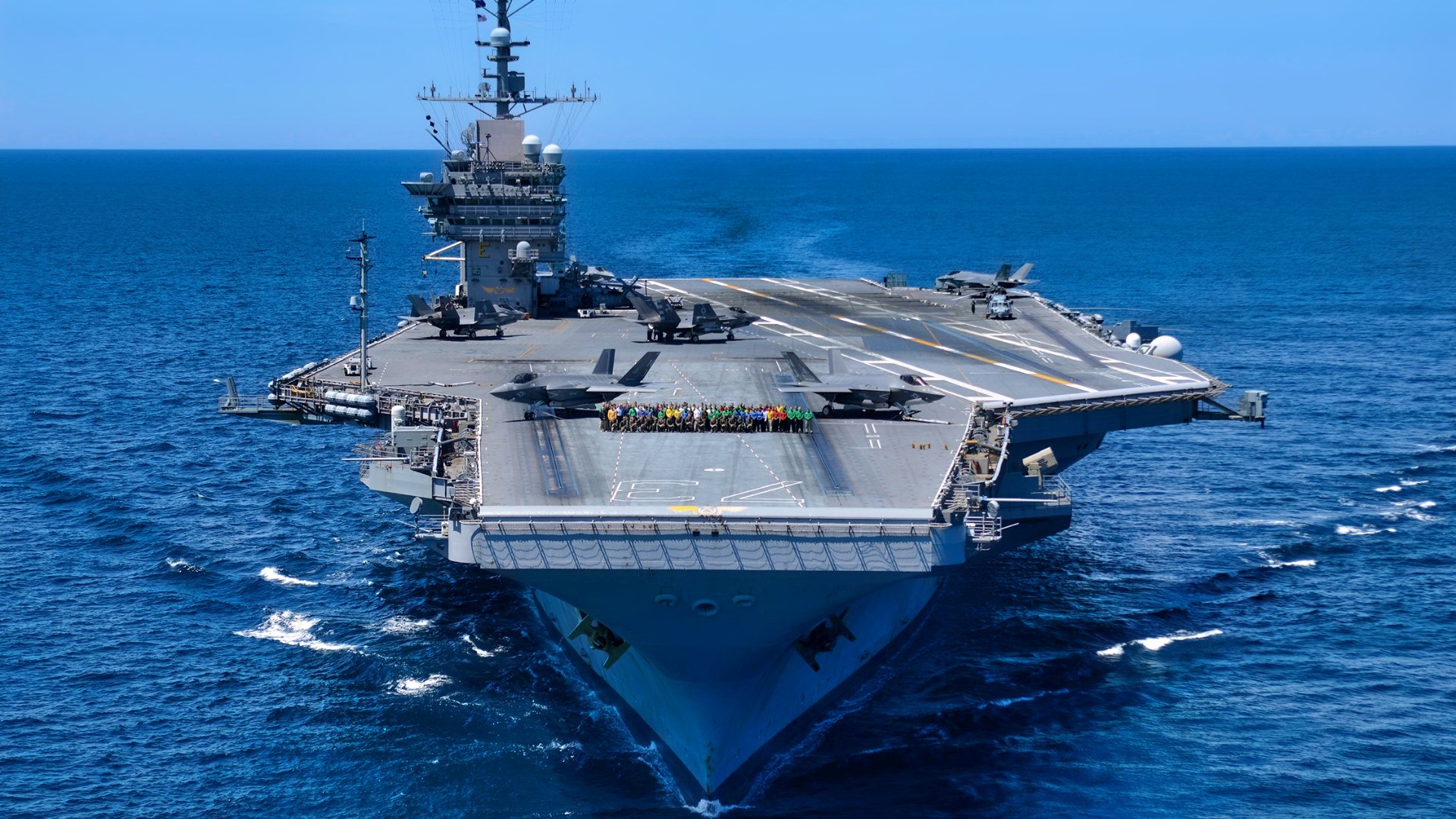Article Summary – China is churning out aircraft carriers at high speed, moving from Soviet-style ski-jump decks on Liaoning and Shandong to the CATOBAR-capable Fujian, with a nuclear supercarrier now in the works.
-On paper, Beijing is closing the hardware gap with the U.S. Navy.
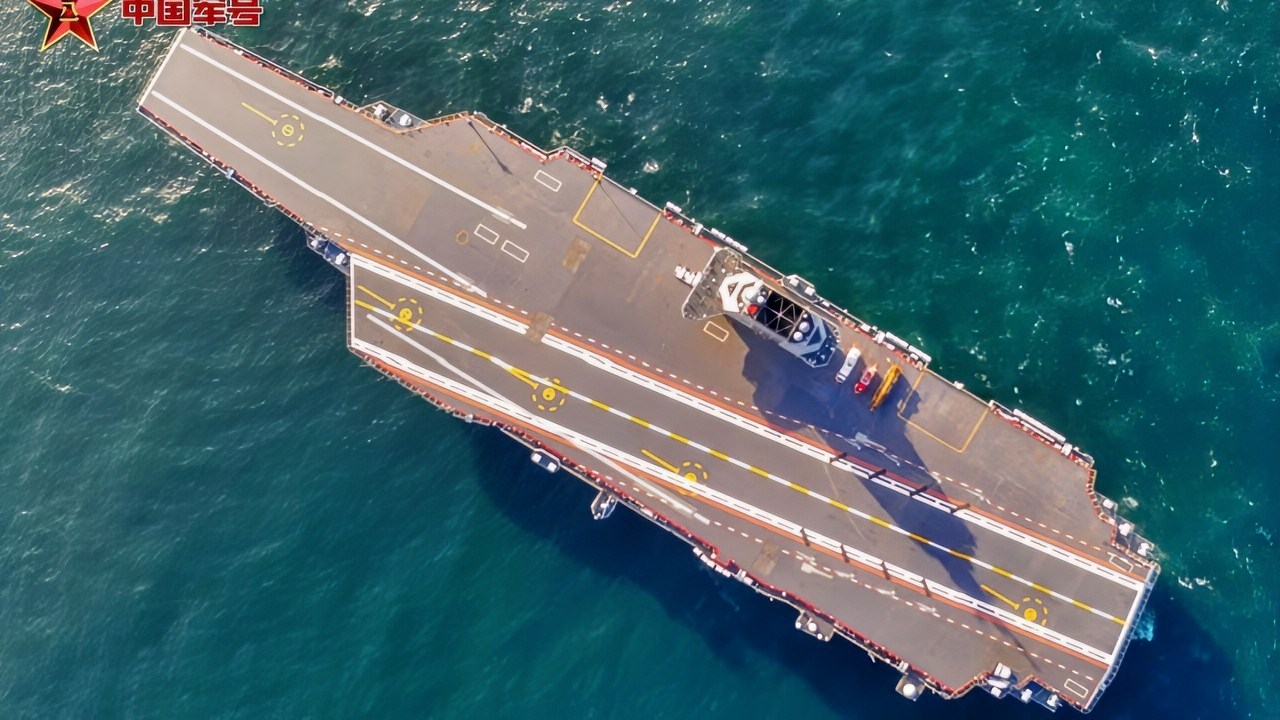
CV-18 Fujian aircraft carrier from China. Image Credit: Creative Commons.
-In practice, it is decades behind in what really matters: people, training, and doctrine.
-True carrier power demands night traps, bad-weather ops, large-deck cyclic sorties, and a seamlessly integrated strike group – skills the U.S. has refined over nearly a century.
-Analysts estimate it could take China at least a decade, and likely longer, before its carriers become a serious blue-water combat threat.
In 2 Words: Time Matters
How Long Will It Take China To Master Carrier Operations?
China is still conducting sea trials of its newest aircraft carrier, but they are already building its next carrier, a nuclear-powered supercarrier much like the US-made Ford class.
China already has the largest navy in the world in terms of number of ships, but it trails the United States in tonnage and the size and number of its aircraft carriers.
The US has 11 supercarriers and several smaller ones, while China has two smaller carriers and one large carrier that operates conventionally.
But building carriers at a breakneck pace is one thing. But mastering carrier operations far from one’s own shores is entirely another.
How long will it take China to master carrier operations that the US has had nearly a century’s head start on?
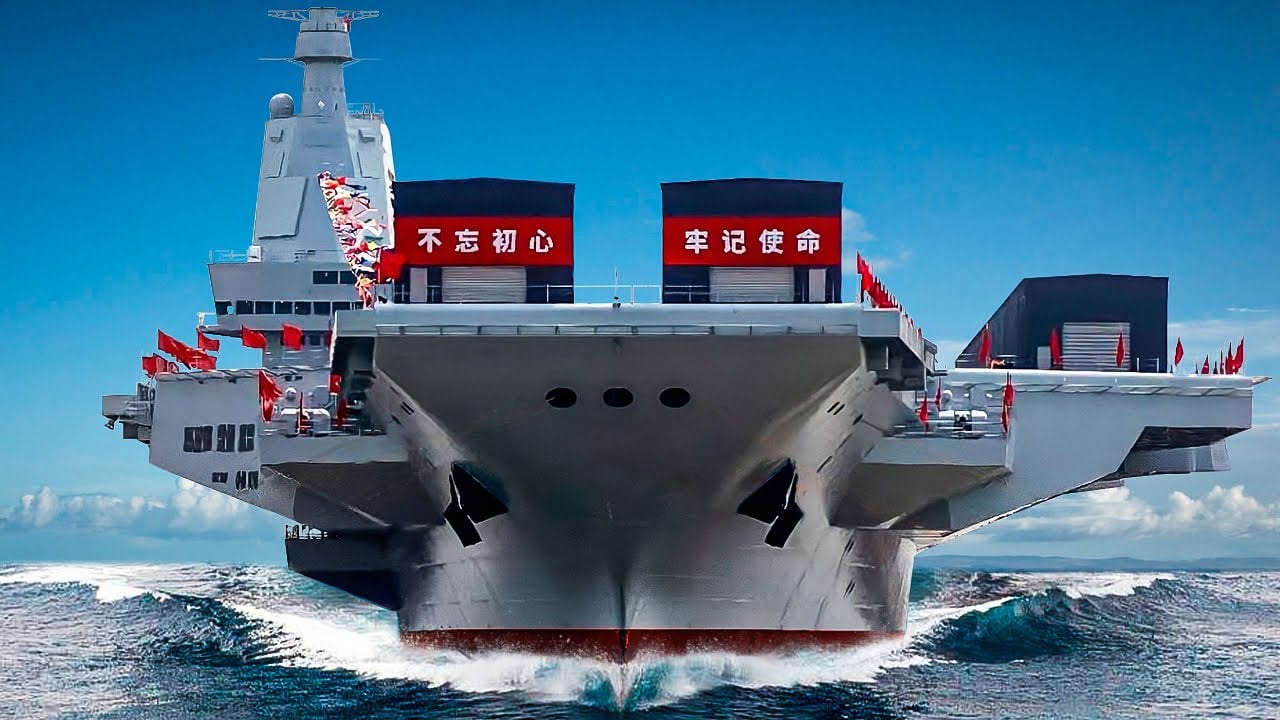
China Aircraft Carrier Creative Commons Image.
Building Competition For a Ford-Class Carrier?
The Chinese are building ships at an incredible pace, and they are now reportedly building a new aircraft carrier that “could compete with the USS Gerald R. Ford,” according to news reports from Asia.
China purchased decommissioned Soviet carriers, such as the Minsk, Kiev, and Varyag, in the 1990s and early 2000s. The latter underwent upgrades before entering service as China’s first operational carrier, the Liaoning (Type 001), in 2012. It is a smaller ramp launch carrier.
The Shandong (Type 002) was the first carrier built in the country and has a Liaoning-like ski-jump launch system. It was a copy of the Liaoning and was activated in 2019.
However, the 2022-launched Fujian (Type 003) included electromagnetic catapult-assisted take-off but arrested recovery (CATOBAR) operations, enabling the carrier to take on a greater quantity and variety of aircraft. CATOBAR operations also allow aircraft to carry heavier payloads than if using a ramp-assisted carrier and a flat-decked launch.
It is the biggest carrier that isn’t American-made. However, it was still conventionally powered and required refueling for prolonged use.
It went through sea trials in September that were aimed at familiarizing the crew with the vessel’s capabilities and technologies, including ship operations and performance, and the functioning of such components as aircraft lifts, electronics, and weapons storage.
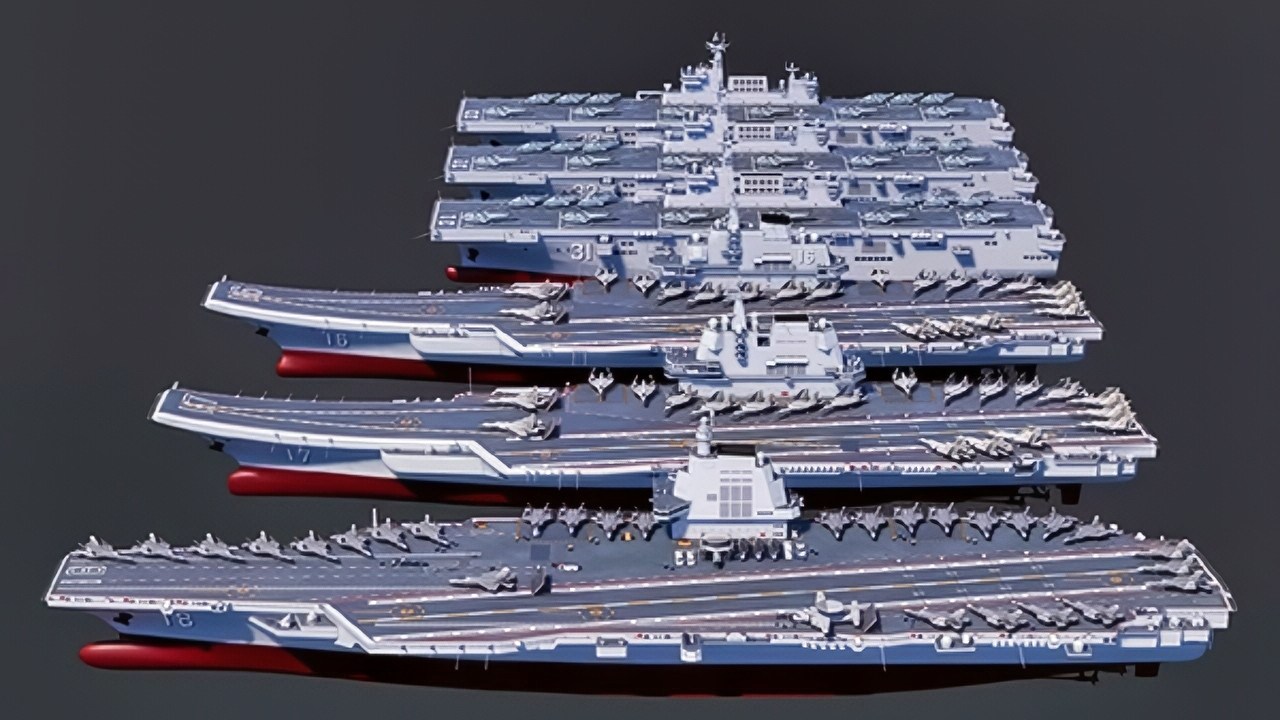
China Aircraft Carriers In Focus. Image Credit: X Screenshot.
At upwards of 85,000 tons full-load displacement, compared to around 65,000 tons for the earlier ships, the Fujian does more resemble US carrier designs, including its adoption of three electromagnetic catapults, albeit with conventional rather than nuclear propulsion.
Building A True Carrier Strike Group Requires More Than Platforms:
The carrier strike group is an incredible force of power projection. And for all of the pieces to work together, it requires a lot of individual and collective training. The United States has mastered carrier operations for more than 80 years, and it doesn’t happen overnight.
It is difficult to say precisely how long it will take for China’s nuclear aircraft carrier to be appropriately used. Many aviation analysts suggest it could take more than a decade to become a credible threat far from its shores.
Proper usage depends on overcoming challenges in areas such as night and bad-weather landings, vulnerability to attack, and command-and-pilot training issues. While the new carriers represent a significant step, particularly with their electromagnetic catapults, China still has considerable work to do in terms of operational experience and infrastructure compared to the U.S. Navy.
Most analysts believe that while China’s aircraft carriers may be nearing America’s in technological capabilities, they are still a long way from fighting like them. The real challenge isn’t building ships. It’s building the experience, crews, and doctrine to use them.
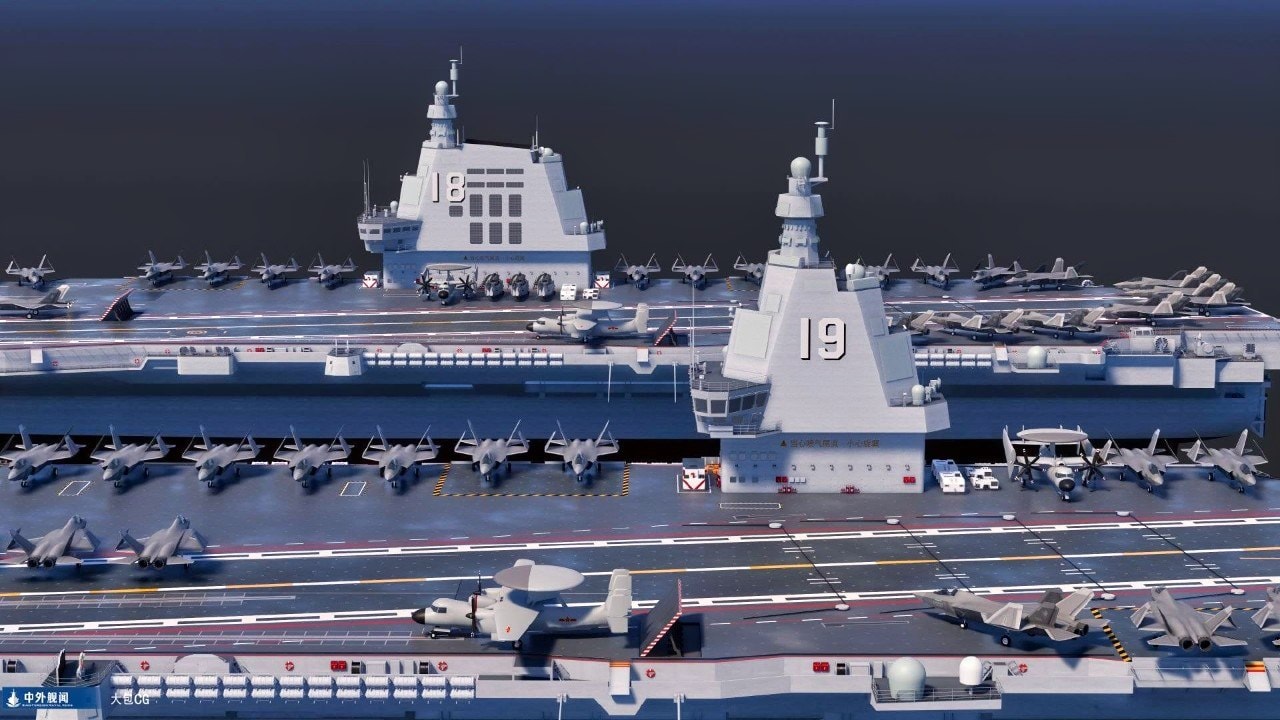
China Aircraft Carriers. Image Credit: Creative Commons.
“There’s definitely a huge difference between the way we operate ours and the way that they can operate theirs today,” ret. Adm. Raymond Spicer, the CEO and publisher at the US Naval Institute, said. “That’s not to say they’re not building more and then starting to expand to have a global presence, but they are far from that.”
“They have a steep learning curve ahead of them,” Spicer said, adding that “if you compare what they’re dealing with to what we’ve been dealing with, we’ve been doing aircraft carrier operations for decades. So we’ve got a whole cadre of people who are trained and have experience operating an aircraft carrier.”
“I think people are the key,” he added.
“You can engineer and build something much quicker than you can build up a group of people to operate it,” Bryan Clark, a retired US Navy submarine officer and defense expert at the Hudson Institute, told Business Insider.
“Now, with the catapult, China can get into heavier, more modern aircraft they’re working on,” Clark said. These planes include catapult-launched variants of the J-15, carrier-based early warning and control (AEW&C) aircraft like the KJ-600, and a carrier variant of the J-35 stealth fighter, the latter of which is still experimental.
Clark added that the air wing on the Fujian, believed to be approximately 60 aircraft, will also be a jump up from the smaller air wings of the Liaoning and Shandong, which carry 24 to 32 fighter jets and 12 to 17 helicopters, respectively.
Carrier Operations Like “A Ballet”
“Carrier operations are a bit like a ballet,” Guy Snodgrass, a former naval aviator and defense official, said. “There are a multitude of players, each with an assigned role, but everything needs to come together seamlessly for successful operational outcomes,” be it logistics, supplies, food, fuel, ship-keeping, aviation operations, damage control, navigation, and more.
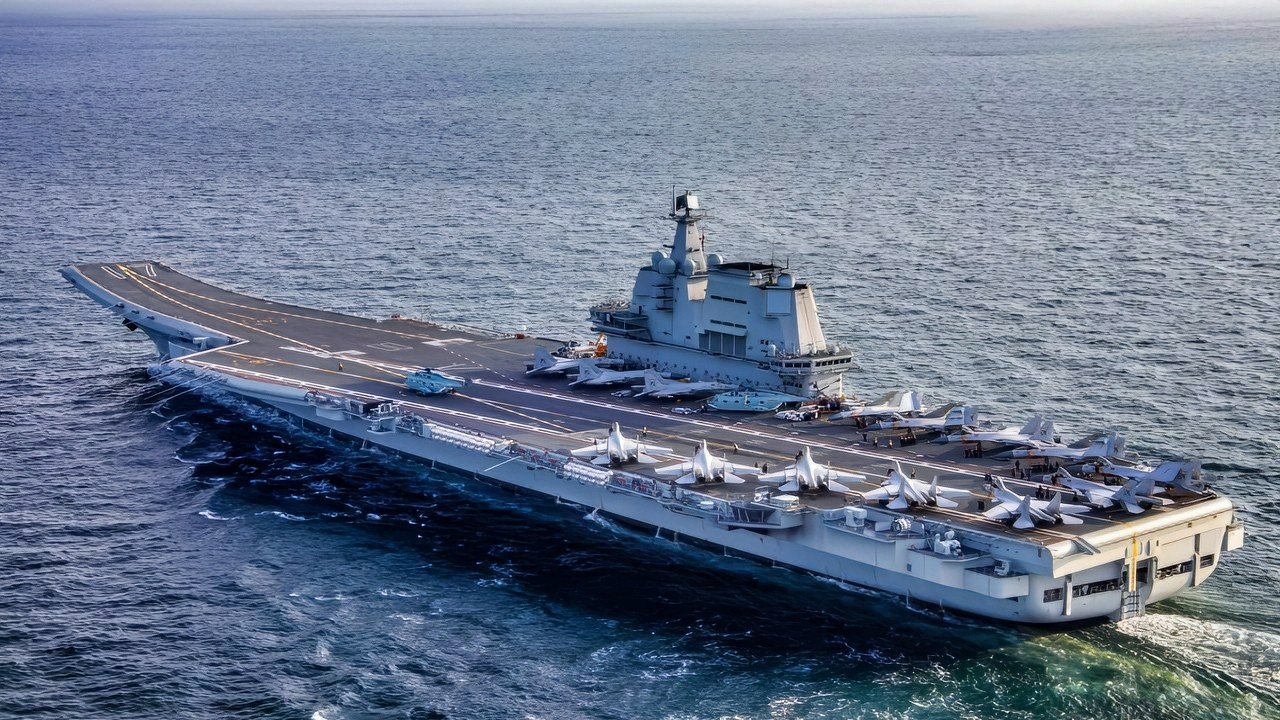
New China Aircraft Carrier. Image Credit: Weibo.
“Then, throw in the proficiency required to launch and recover large numbers of aircraft during 12-hour operational windows… during daytime and nighttime, and in inclement weather,” he added. It’s all challenging and can only be mastered through trial and error.
China plans on having six aircraft carriers by 2035. But it will probably take that long to train their navy to be actually competent in carrier operations. In the meantime, their carrier operations are more just political propaganda than a credible blue-ocean threat.
About the Author: Steve Balestrieri
Steve Balestrieri is a National Security Columnist. He served as a US Army Special Forces NCO and Warrant Officer. In addition to writing on defense, he covers the NFL for PatsFans.com and is a member of the Pro Football Writers of America (PFWA). His work was regularly featured in many military publications.
More Military
The U.S. Military Is In ‘Crisis’
Canada’s F-35 Stealth Fighter Mistake Is Just Around the Corner
The Mach 2.23 F-4G Wild Weasel Has a Message for the U.S. Air Force


